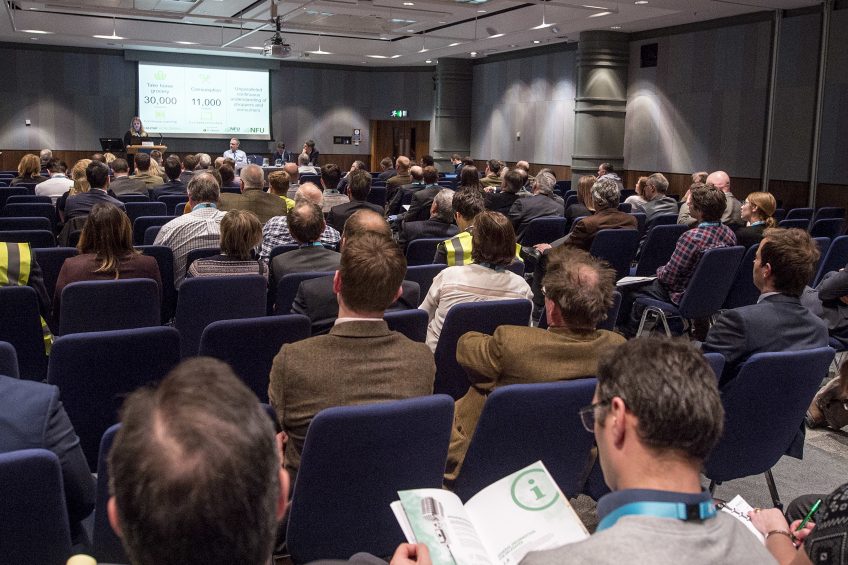Labour availability “critical issue” in new Brexit modelling

The cost of attracting and retaining labour could be the biggest threat to poultry businesses immediately after Britain leaves the European Union, according to new analysis.
Provisional modelling has been produced by the Centre for Energy and Agri-Food Studies on behalf of the NFU, based on similar work for the AHDB. It was presented at this year’s NFU AGM poultry breakout.
It uses three assumed “scenarios” for what a future relationship with the European Union might look like. The first is an “evolution” of the current arrangement, where Britain remains closely aligned with the single market.
Under this scenario, returns for poultrymeat and egg producers would remain largely unchanged, but slightly higher costs may be encountered in “trade friction” – the need for customs checks as exports were sent to Europe.
Accept or reject
The second scenario assumes the government takes a liberal stance, reducing tariffs to zero on agricultural commodities, undercutting British produce, while the third assumes a more ‘protectionist’ attitude, trading under WTO tariffs.
Under both the trade liberalisation, and protectionist scenarios higher labour costs are envisioned, on the basis that there would be restrictions on migrant labour. Agricultural employers would need to increase wages to compete with other sectors, such as manufacturing.
The three models were applied to an “average” anonymised egg farm with 32,000 hens and a broiler business with a 150,000-bird capacity.
Pricing trends for the poultry sector
Kantar Worldpanel’s Helena King gave an overview of trends in poultrymeat and eggs.
She said: “Existing shoppers are more engaged with eggs, not just eating them for breakfast but being inspired by international cuisine and eating them throughout the day. As a consequence, the sector has grown by 19%. Free range has increased its share of the egg market by eight percentage points compared to five years ago.
“Additionally, people are moving away from red meat and into poultry as it’s seen as better value and more versatile. We are also seeing growth in dark poultry meat, such as drumsticks and legs, which are featuring in a lot of dishes. We’re seeing in decline in whole birds but there is a decline in roasting occasions across the sectors.”
Dylan Bradley, an author of the research, said anecdotally people were beginning to report difficulties in attracting labour.
“Labour is the most critical issue. Pay will have to increase to attract people, and those already employed will have to have their salaries increased as well,” suggested Dr Bradley, if access to migrant workers is restricted.
Prices
Broadly speaking, poultrymeat producers could expect lower prices if import tariffs were removed, and higher prices if WTO tariffs rose the cost of imported poultrymeat, said Dr Bradley. But he stressed that the business environment would adapt, and prices would normalise over time.
Balancing carcasses would likely become more difficult, though, as it becomes more difficult to trade with important Eastern European markets for dark meat.
“It may be that consumers would switch to eating more dark meat, because of the price difference,” he said. Alternatively, heavier promotion of dark meat may help redress the balance.
For the egg sector, producers of table eggs could be insulated, with 90% of margins coming from sales of fresh eggs to consumers. But those exposed to the egg products market could be severely undercut by cheaper imports, he warned.













